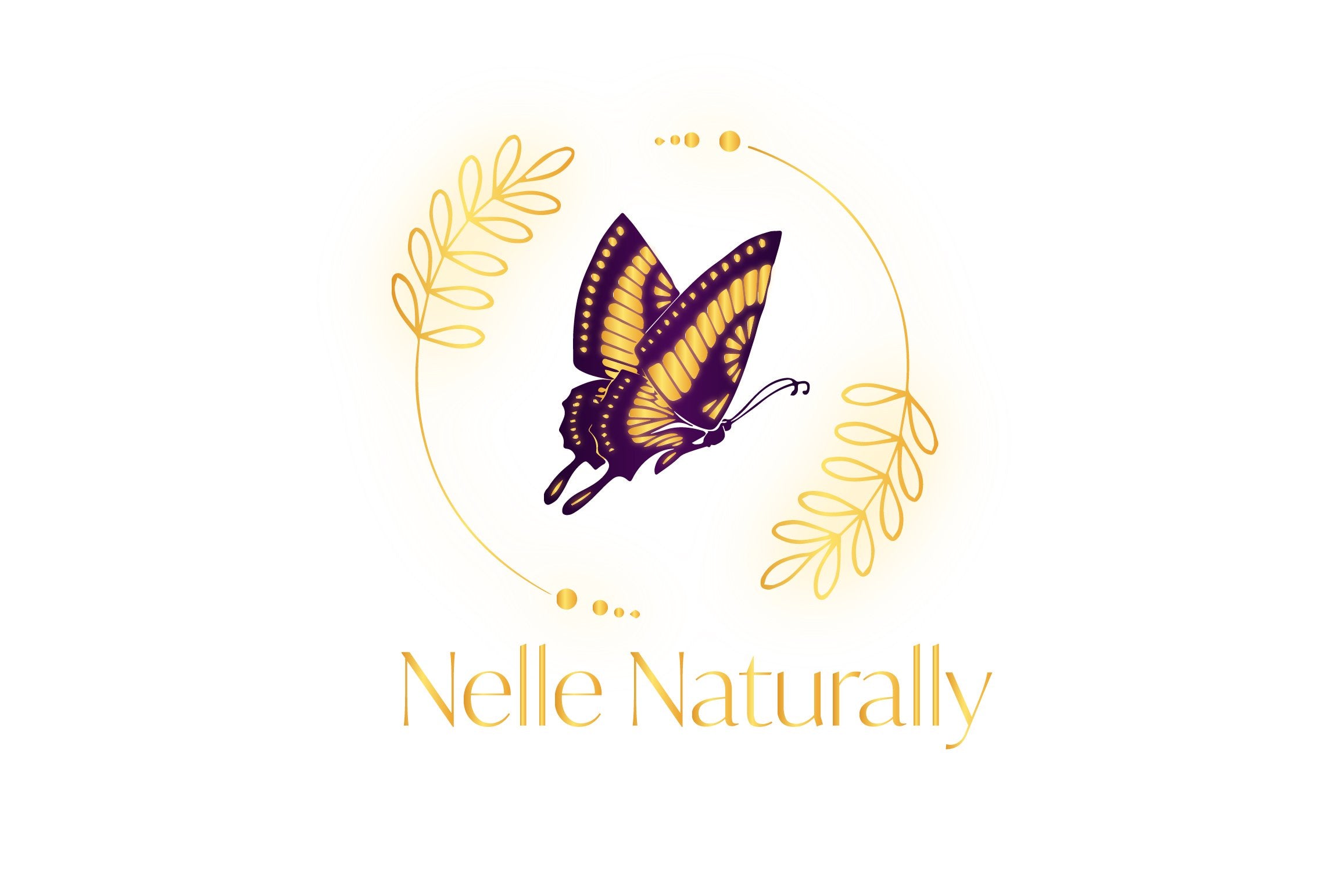4 REASONS WHY HOT PROCESS SOAPING IS BETTER THAN COLD PROCESS SOAPING
People often ask me how I make my own soap, and to be more precise, what my soap-making process entails. My goal in this post is to point out four reasons why hot process soaping is better than cold process soaping.
For several years now, homemade soap making has become increasingly popular. It's safe to say it made a comeback. Some people are becoming educated on the advantages of using measured precautions when making soaps. Additionally, we're all aware of the harsh chemicals added to most store-bought soaps. People also simply embraced the DIY lifestyle made popular by social media and access to information online. By customizing your soap with your preferred ingredients, soap making allows you to take control of your skincare routine. Let's start by answering the question:
What is hot process soaping and cold process soaping?
Hot Process Soaping
As part of this process, soap is heated externally until it is brought to the gel phase, then it is poured into the mold. For beginners, the hot process method of making soap is a relatively easy method for those just starting out. It also produces a nearly ready-to-use bar. Most hot process soap will be fully cooled and ready to unmold and cut in about 24 hours. As with any bar of soap, the longer it sits, the harder and better it will be. I always recommend letting the soap cure for a few weeks. I promise it will be worth the wait.
Here is a quick guide on how to make your soap using the hot process:
- Melt the oils in the slow cooker after measuring them.
- Separately measure and prepare your lye mixture.
- The lye mixture and oils need to be at the perfect temperature for each other to be blended. Pour the lye mixture and oil mixture into each other until they are well blended.
- This soap mixture is cooked in the slow cooker, then saponified (typically for 1-3 hours). Regularly check the soap's consistency. Make sure the pH is monitored even after cooking
- You can add flavorings, colors, or add-ins after the cooking process is complete.
- The batter for hot process soap is thick and lumpy.
- Once the soap is fully saponified, pour it into molds.
- Cut into bars after unmolding.
Cold Process Soaping
The cold process requires no external heat. Rather, the heat is generated internally during saponification and the soap may or may not go into the gel phase. This is made possible by mixing sodium hydroxide lye with oils. The cold process method is ideal for preserving the benefits of plant-derived oils and butter. To make soap using the cold process, the soap is made from scratch. The “cold” soap mixture must harden and cure for 4-6 weeks.
- Take separate measurements of lye and water.
- Add lye to water.
- Add lye to water first, not the other way around! Allow cooling. Typically, you wait until the lye mixture cools to around 110 degrees Fahrenheit (43 degrees Celsius).
- Measure oils and fats. Melt together and let cool.
- As soon as the oil/fat mixture is around 110 degrees Fahrenheit, or within a couple of degrees, add the lye mixture into the oil mixture. Blend until smooth.
- You may choose to add essential oils and other add-ins
- Cold process soap batter is thinner than hot process.
- Add liquid soap to soap molds and let harden.
- Cut into bars after unmolding.
Now, I know you must be wondering - which method would I recommend? Especially if you are reading this and you are considering homemade soap making but you do not really know how to go about it. Both methods are brilliant in their own way. However, in my opinion, I believe the hot process is way better than cold process soap making because of the following reasons:
4 reasons why hot process soap making is better than cold process soap making.
IT IS SIMPLE
Hot process soap making might be considered old and traditional. Yet, it gets the job done by nourishing your skin and keeping it hydrated. It allows the preservation of natural ingredients because the chemical reaction turns into soap & glycerin or the process of saponification takes place before we add all the extra skin nourishing ingredients .
FASTER CURE TIME
When soaps are made using a hot process, their curing time is shortened. If you allow the soap bar to cure for at least one week, you will get a better soap bar once fully hardened (usually within 24 hours). Your soap bars harden up during this period, resulting in a longer-lasting soap. The cold process is less efficient for soap sellers and manufacturers due to its faster curing time. Although personally, I wait a few weeks (4-6 and sometimes longer depending on the soap) to cure my own soap, it is perfectly fine to use after a few days or so.
IT'S WAY MORE NUTRITIOUS TO THE SKIN
The lye and oil mixture in hot process soaps makes them easy to nourish the skin. Hot process soap detoxifies, nourishes, moisturizes, and hydrates your skin as needed. In addition to providing moisturizing benefits, handmade soap produces a rich luxurious lather.
THE LYE IS COOKED ALL THE WAY OUT
Another reason is that the essential oils, fruit purees, herbal juices are added to the soap after the chemical reaction is finished which allows preserving all the benefits of the natural ingredients. It also means the lye is cooked all the way out. No lye heavy soap bars!
These are the four reasons why hot process soaping is better than cold process soaping. What do you think? Which process do you prefer?

